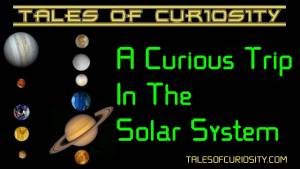| ||||||
| Running Time: | 5:58 | Release Date: | ||||
| In 1969, three men undertook the most amazing journey of all time. They were astronauts aboard Apollo 11. Their destination, the moon. We retrace the events that led up to this awesome adventure. Then we join the crew on this, the most incredible of all voyages. | ||||||
About The Video |
Introduction |
For generations man has dreamt of travelling to the moon. Finally, in 1969 this dream became reality, with the voyage of Apollo 11. Our video retraces the events that led to man's first steps on the moon.
The Soviet Union |
Our story begins on 4 October 1957, on this day the Soviet Union launched Sputnik. Sputnik was the first manmade satellite, and its launch was a surprise to the rest of the world. For 22 days Sputnik emitted its signal to earth. This was broadcast on frequencies that were easy for amateur radio operators to tune in to. After 22 days Sputnik's batteries ran out and it fell silent. Not only was the success of Sputnik a huge propaganda coup for the Soviet Union, it also caused fear in much of America.

The space race had now begun. Less than four years after the launch of Sputnik, the Soviet Union again stunned the world. On 12 April 1961, Soviet cosmonaut Yuri Gagarin became the first man in space, flying aboard Vostok 1. He spent 1 hour, 48 minutes in space, orbiting earth once.
Sadly, for Gagarin he would never fly in space again, he was too valuable a symbol for the Soviet Union to risk in future flights.
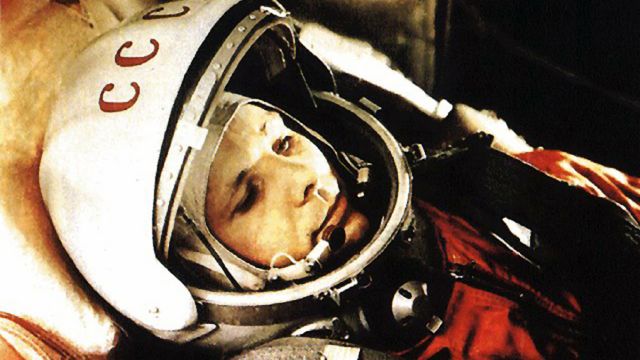
The Soviet Union was dominating the space race, both technically and in terms of propaganda.
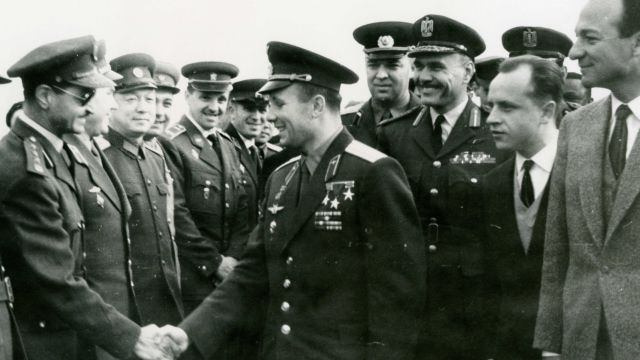
America's Response |
These events were very worrying for the Americans, and a response was needed. After consultation, President Kennedy had an idea of a way to catch up the Soviets and win the propaganda war. This was a daring and dangerous plan, to send a man to the moon, by the end of the decade.

The agency responsible for this massive undertaking was the National Aeronautics and Space Administration, commonly known by its initials, NASA.

NASA grappled with the enormous challenges that needed to be overcome. There were many ideas put forward of how to get to the moon. Eventually the decision was made to use a technique called Lunar Orbit Rendezvous, or LOR for short. This idea is credited to John Houbolt. It is now seen as vital in achieving Kennedy's target. The plan made use of a lot of existing rocket technology, which saved valuable time and money, leaving resources free to grapple with other tasks.
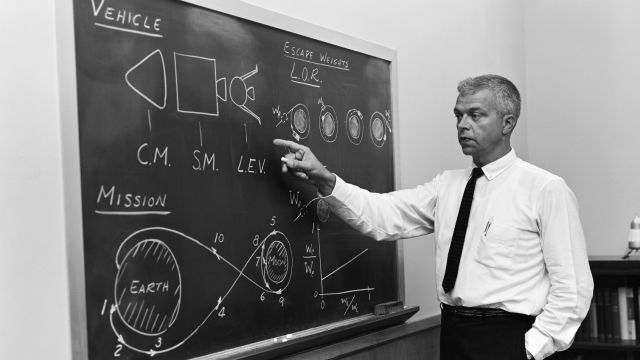
The manned moon program was named Apollo, after the Greek God of light and music.

Eight years after Kennedy's speech, NASA was finally ready to try for the moon. NASA had successfully conducted a number of test flights, and now at the end of the decade, it was time to attempt the landing.
The Crew Of Apollo 11 |
The crew of Apollo 11 had all travelled in previous space flights, but this was a mission unlike anything that had been attempted before.
The voyage of Apollo 11 would be the last space flight for all three astronauts.

Neil Armstrong |
The mission commander was Neil Alden Armstrong, born 5th August 1930.
Armstrong had flown in space aboard Gemini 8 in 1966. On this flight, Armstrong and pilot David Scott performed the first manned docking of two spacecraft. Before becoming an astronaut, Neil Armstrong was a test pilot, at what is now called the Dryden Flight Research Center.
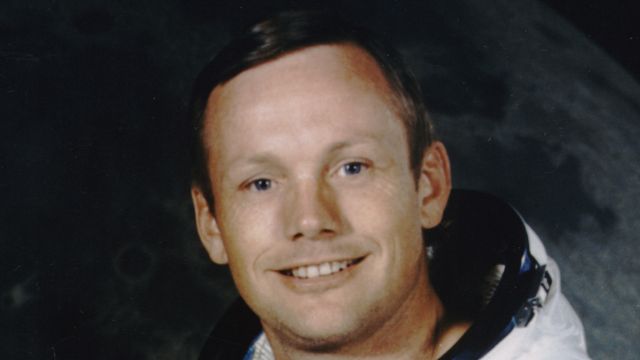
Buzz Aldrin |
The lunar module pilot was Edwin Eugene Aldrin Jr., known as "Buzz", born 20th January 1930.
Buzz Aldrin was a highly experienced pilot. During the Korean War he flew 66 combat missions and shot down two Russian aircraft. Before becoming an astronaut Buzz was assigned to the U.S. Air Force Test Pilot School, at Edwards Air Force Base.
Buzz Aldrin was the pilot on Gemini 12, which was the last Gemini mission, during which Aldrin set a record for extra-vehicular activity (spacewalk).
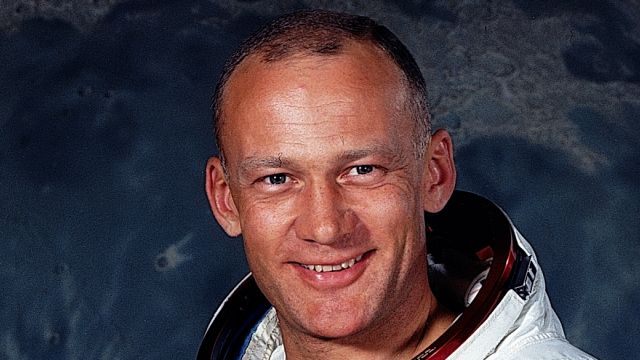
Michael Collins |
The command module pilot was Michael Collins, born 31st October 1930. Before becoming an astronaut Michael Collins worked at the USAF Experimental Flight Test Pilot School, at Edwards Air Force Base.
Michael Collins flew on Gemini 10 with John Young. This was a three-day mission that included docking with two different vehicles and two extra-vehicular activities (spacewalks).
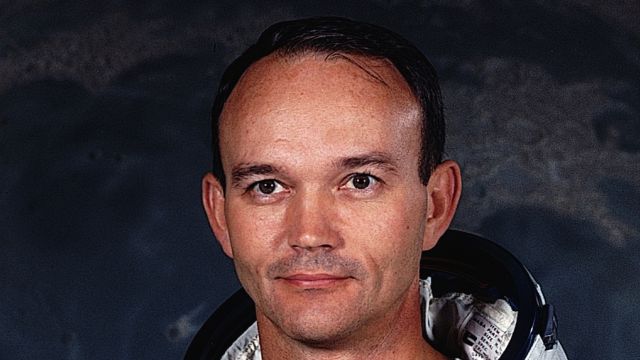
The Launch Of Apollo 11 |
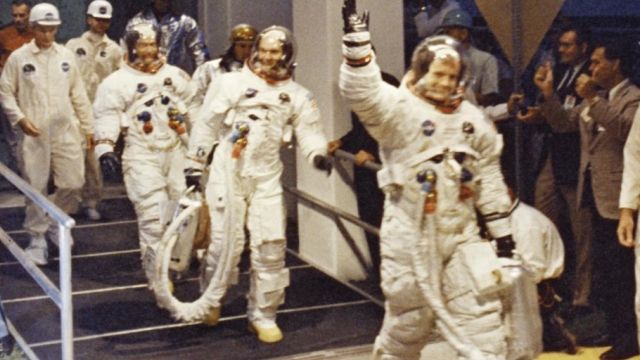
On 16 July 1969 13:32 UTC Apollo 11 launched.

This was a huge media event, with millions throughout the world watching Apollo 11's launch on television.
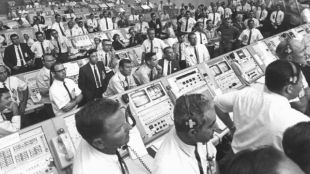
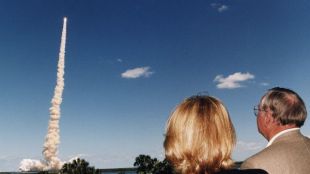
Powering the mission was the giant Saturn V rocket. By the time it was decommissioned, thirteen Saturn V rockets had launched, all successfully.
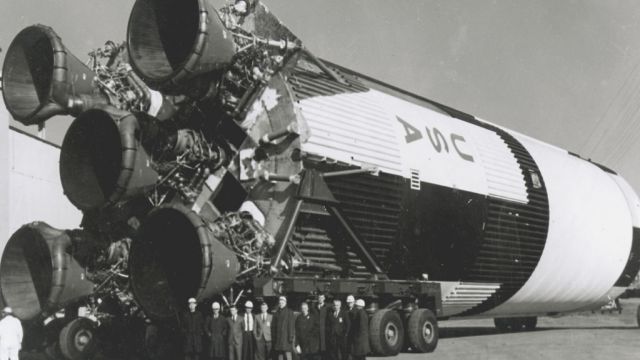
The rocket was made up of three stages, that were jettisoned when fuel had been used. The Saturn V was a hugely powerful rocket.
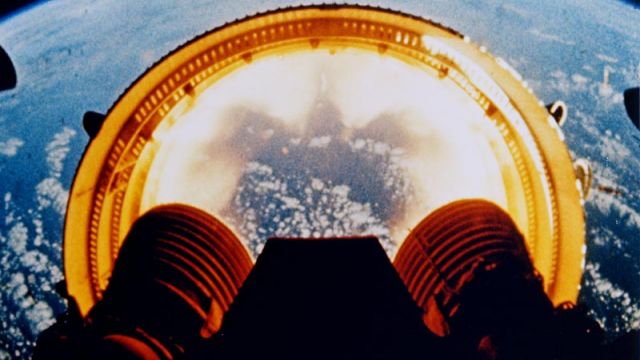
The Voyage To The Moon |
After launch, Apollo 11 orbited the Earth, in preparation for its mission to the moon.

The command module was released from the top of the rocket.
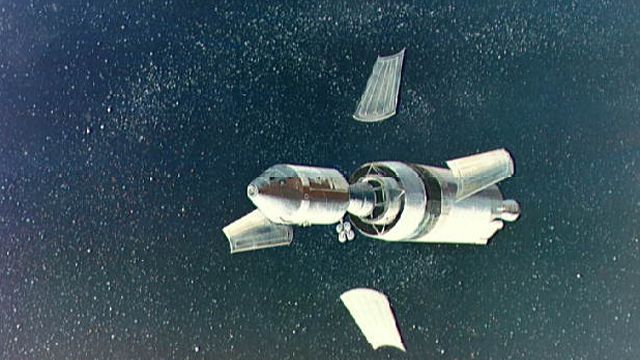
The command module then maneuvered, and extracted the lunar module from the last stage of the Saturn V rocket.
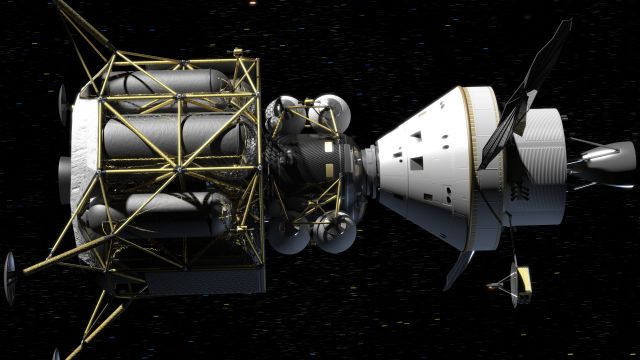
Docked together the two spacecraft began their 3 day journey to the moon.
The Lunar Landing |
Once the journey to the moon was completed, the two spacecraft orbited the moon.
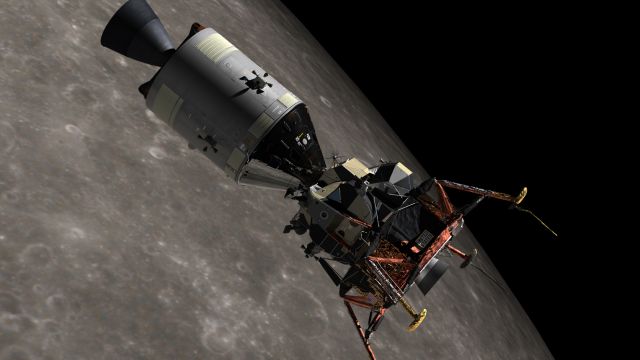
Neil Armstrong and Buzz Aldrin then entered the lunar module, which then undocked from the command module and headed to the lunar surface. The lunar lander was called "The Eagle".
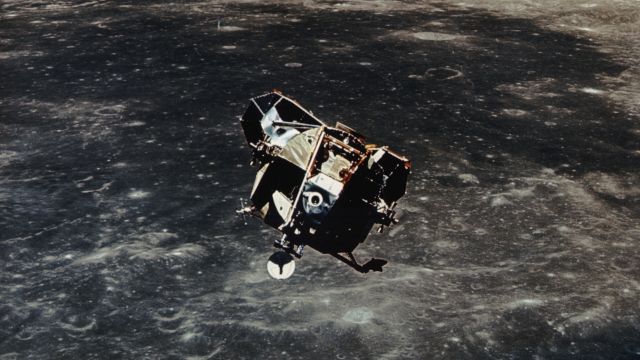
Michael Collins was left alone in the command module, orbiting the moon.
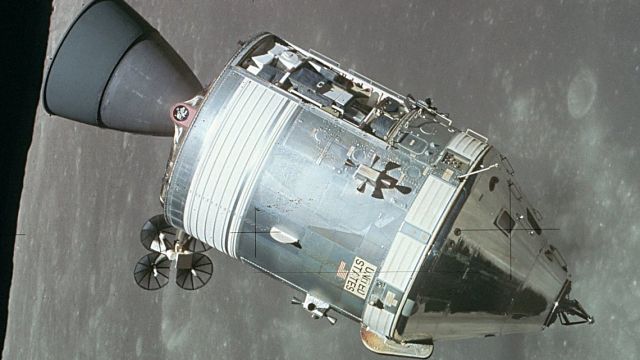
On descent the lunar module's computer malfunctioned. Buzz Aldrin relayed the instrument readings to mission control, whilst Neil Armstrong searched for a safe landing place.
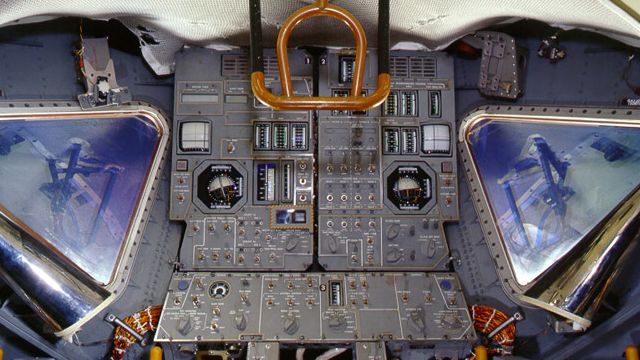
Meanwhile, mission control performed a countdown of the seconds left before the lunar lander's fuel ran out, to keep Armstrong and Aldrin informed.
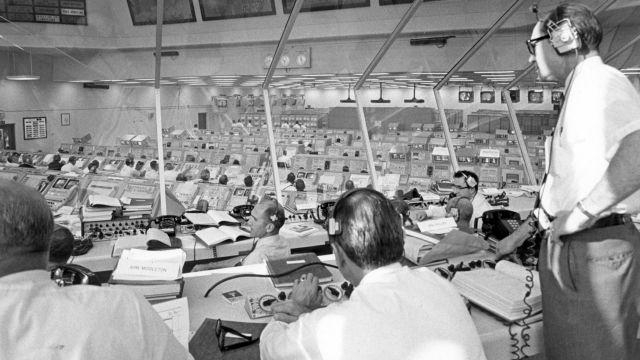
The Eagle was off course and the terrain that Armstrong saw was strewn with boulders.
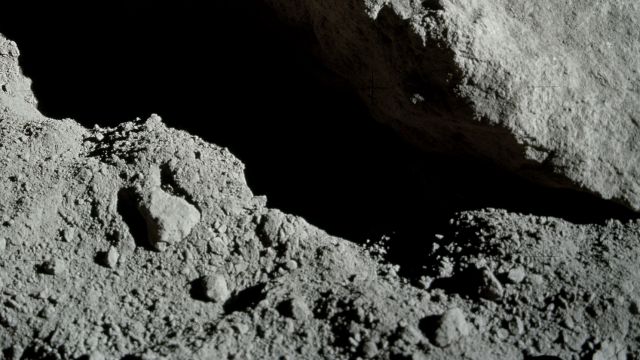
Finally, 20 July 1969 20:17:40 UTC, the Eagle landed with only a few seconds of fuel left.
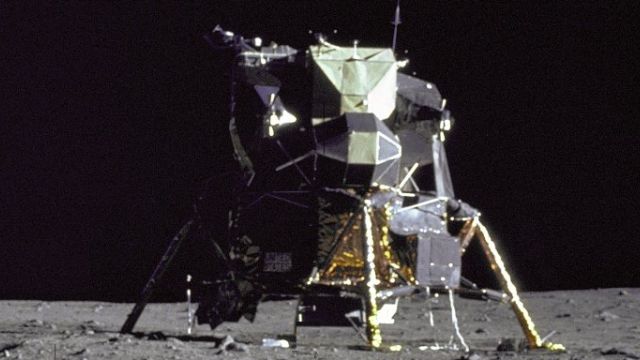
After preparation, 21 July 1969 02:51 UTC, Neil Armstrong set foot on the moon.
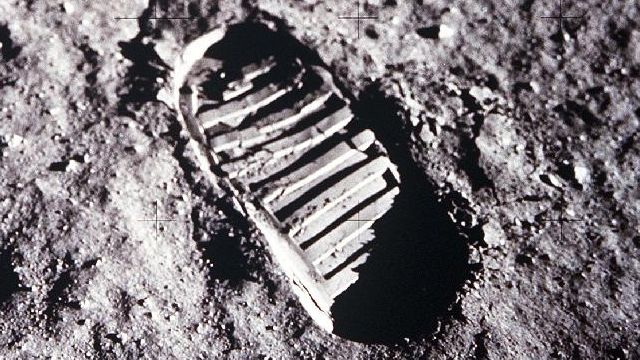
Soon Buzz Aldrin joined Neil Armstrong on the lunar surface.
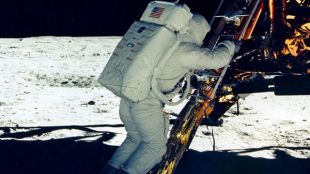
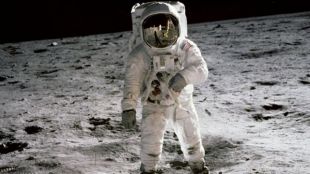
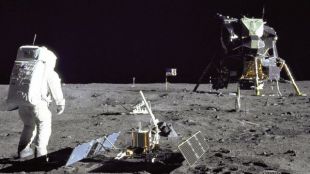
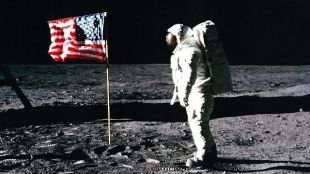
After two and a half hours walking on the moon, Neil Armstrong and Buzz Aldrin returned to the lunar module.
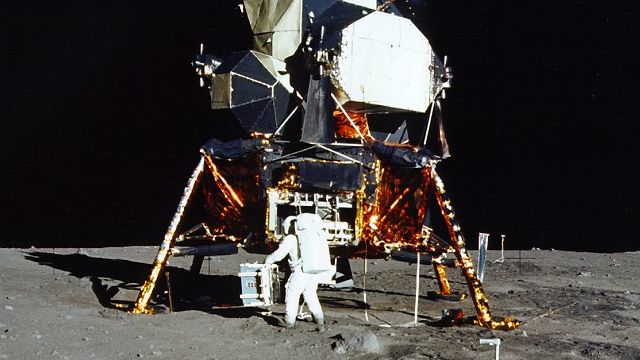
The Voyage Home |
21 July 1961 17:54 UTC, the ascent stage of the Eagle blasted off, leaving behind the descent stage.
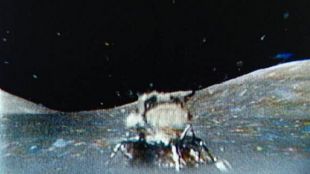
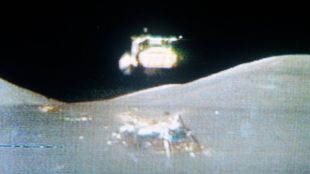
The lunar module then docked with the command module, where Armstrong and Aldrin were reunited with Michael Collins.
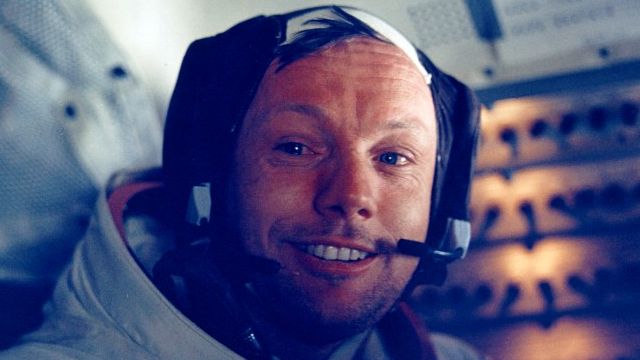
The lunar module was then jettisoned into lunar orbit, as the astronauts started the journey back to Earth.
On 24 July 1969 16:50:35 UTC, Apollo 11 splashed down in the Pacific Ocean.
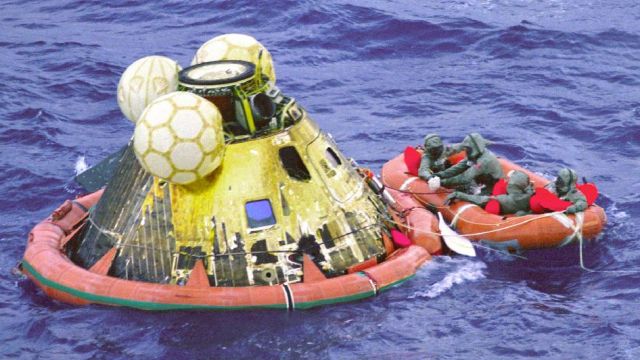
After The Mission |
With the astronauts successfully returned to Earth, NASA Mission control could finally celebrate their huge achievement.
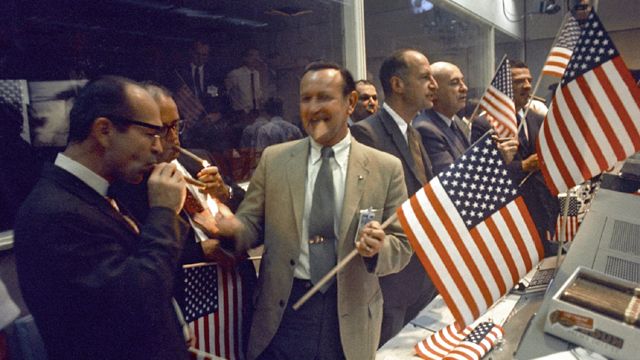
Unsure of possible microbes or contamination from their flight, the astronauts would then spend nearly three weeks in a quarantine unit.

Finally, they emerged as worldwide heroes, whose names would forever be written in history.

On 20 July 2009, the astronauts were reunited as part of the celebrations for the 40th anniversary of the historic landing. Thus ends our tale of the most incredible of journeys.
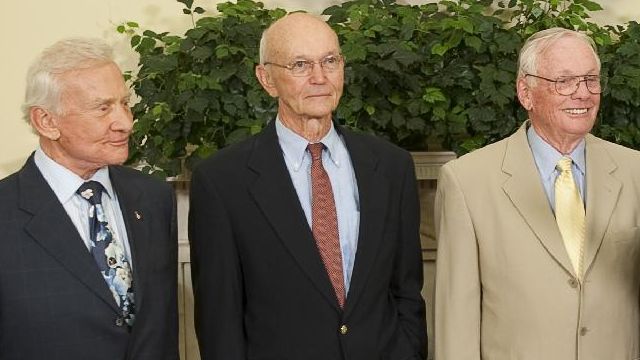
Cutting Room Floor |
Apollo 11 Plaque |
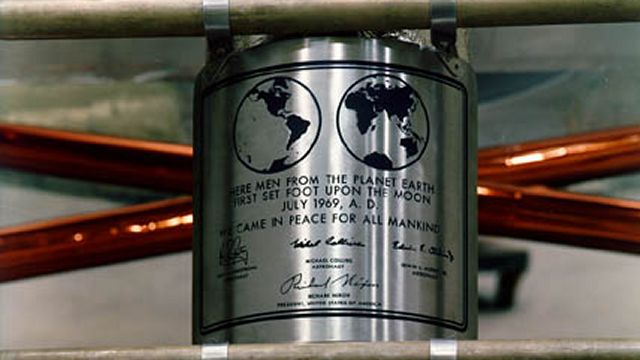
A plaque was attached to the leg of the lunar lander. It was signed by President Nixon, Neil Armstrong, Buzz Aldrin and Michael Collins. On the plaque is a map of the Earth and the inscription:
HERE MEN FROM THE PLANET EARTH
FIRST SET FOOT UPON THE MOON
JULY 1969 A.D.
WE CAME IN PEACE FOR ALL MANKIND
Vostok 1 |
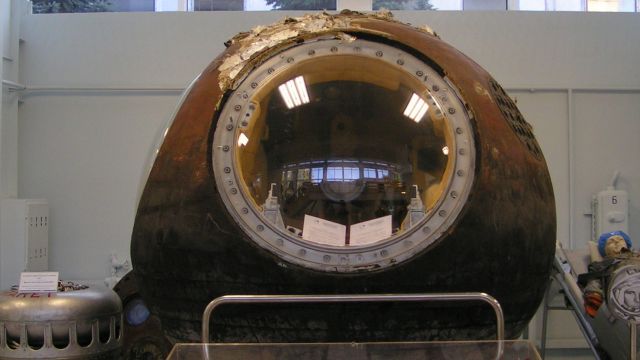
Yuri Gagarin's, Vostok 1, capsule can be seen at the RKK Energiya museum which is in Korolyov, near Moscow.
Curious Facts |
Similar Videos |
A Curious Trip In The Solar System
The Men Who Went To The Moon
Interesting Links |
